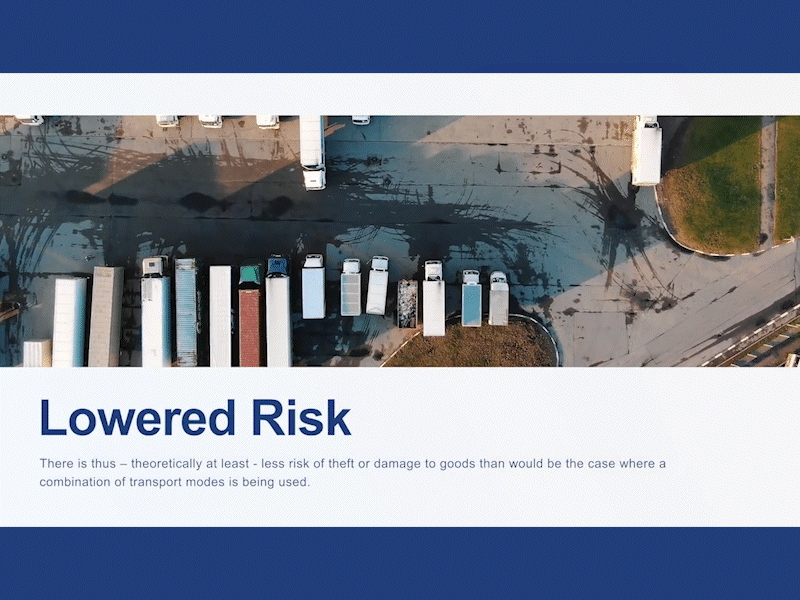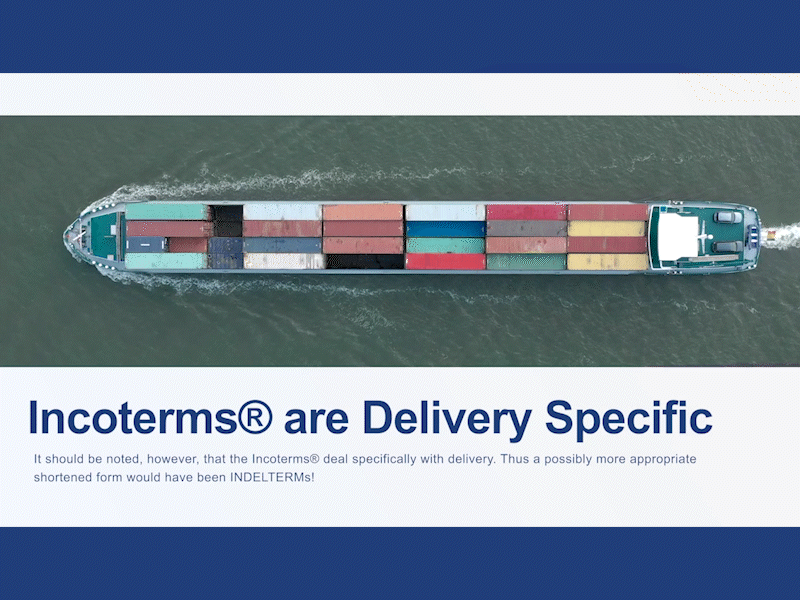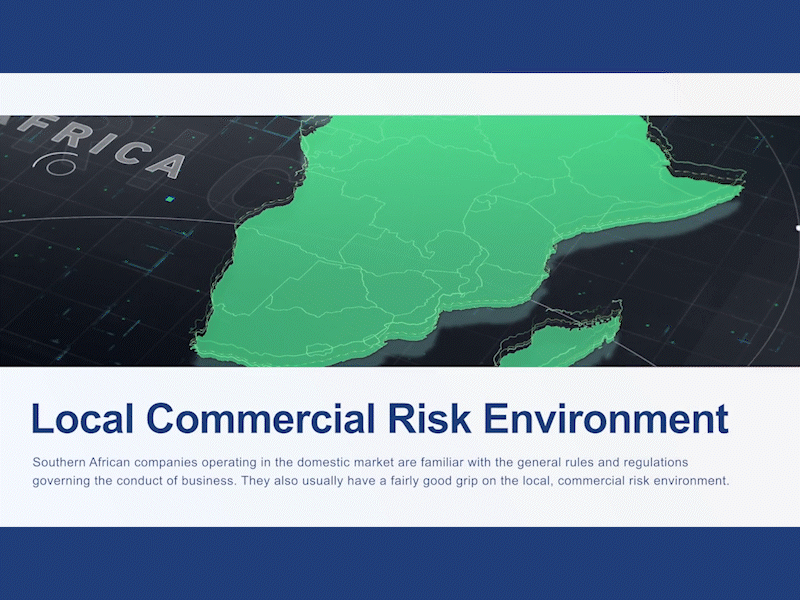As we have discussed throughout our ‘international marketing’ section, marketing for exports requires tremendous time, research, and resources. However, the effectiveness of your export marketing plan could be the difference between growth and demise. This article highlights some common mistakes exporters make when marketing for exports.

#1 Assuming that International Marketing is the same as domestic marketing
While it is true that certain marketing principles stay the same whether you are marketing domestically or marketing for exports, your domestic marketing plan will undoubtedly not suffice as your export marketing plan. Unfortunately, many exporters initially believe what has worked locally will work internationally and fail to spend the energy, time and resources on constructing an export marketing plan that resonates with the new market concerned.
#2 Not analysing possible cultural sensitivities in your Export Marketing Plan
Business books and MBA lectures are filled with examples of disastrous international marketing efforts that could have been avoided by simply considering the cultural sensitivities of a particular foreign market. The wrong colour, phrase, or circumstance may even create a situation where your international marketing campaign develops a negative perception of your product and brand. For example, a prominent American toothpaste brand devised an export marketing plan that ran an international marketing campaign in South East Asia, promising their customers white teeth. However, they failed to consider that blackened teeth have been seen as a status symbol in large parts of the region for centuries. Some people even chew betel nuts to try and blacken their teeth.
#3 Not researching the general characteristics of the market in your Export Marketing Plan
In addition to varying cultural influences, exporters face varying consumer tastes, climates, and general characteristics when marketing for exports. Unfortunately, many exporters (possibly blinded by the thought of profit) fail to do the required research, with disastrous consequences. For example, when a major U.S. food retail manufacturing company attempted to enter the Japanese market with their cake mix product, they failed to realise that only 4% of Japanese homes are big enough for the conventional oven required to use the cake mix. Similarly, a major soft drink brand’s 2-litre bottle was not received well in Spain because it was too big to fit in most Spanish fridges.
#4 Not ensuring your International Marketing message translates clearly
As we discussed in our ‘5 challenges to anticipate in export sales,’ conducting business in foreign markets often involves an exporter working in a language that is not their own. However, the importance of accurate translation cannot be overstated. Proper translation is not directly translating your slogan or name but ensuring that your brand’s message translates clearly. Unfortunately, several exporters fail to consider the importance of accurate translation. For example, when a large U.S. beer manufacturer attempted to enter Mexico, they failed to realise that the literal translation of their slogan “Turn It Loose,” was “Suffer From Diarrhoea!” Similarly, when a popular vehicle manufacturer launched their international marketing campaign slogan “Every car has a high-quality body” in one particular market, it directly translated as “Every car has a high-quality corpse”. As the above examples demonstrate, when translating your international marketing campaign for a particular foreign market, you should work with a professional and adjust your international marketing campaign if needed.
#5 Failing to do Competitor Research in your Export Marketing Plan
Competitor research is fundamental to any business venture and essential for international marketing efforts. In international trade, the plethora of competition could make the task of analysing competitors seem pretty daunting. However, your export marketing plan should always include as rigorous competitor analyses as humanly possible. Ultimately, competitor analyses could give you not only insights into how competitive you could be but could also give you insights into crucial product features that your potential customers demand. For example, when E-bay (a popular auction sqite in the U.S.) entered the Chinese market, it failed to realise that its competitor was offering a direct chat function to their customers. The inclusion of the chat function ultimately proved to be the difference between the two, with E-bay exiting the Chinese market within two years.

How to avoid making International Marketing mistakes
Almost all subsequent mistakes made when marketing for exports can be boiled down to one route cause – a lack of international marketing research. As we have stressed in multiple international marketing articles, conducting the appropriate research when constructing your export marketing plan is essential. However, exporters need to know what they are looking for and what tools are available to assist them. Thankfully, Trade Forward Southern Africa, in collaboration with the International Trade Institute of Southern Africa, has created the online TFSA School of Export, which provides a free online “Introduction to International Marketing’ module. Click the link below, sign up for free, and join our exporter community.
To sign up to the School of Export CLICK HERE.
If you already have a profile, CLICK HERE to login to begin the module.










Leave a Reply